
Lemur
Lemur
Lemur
Do you know about the animal called "Lemur"? You may have heard names like "Ring-tailed Lemur". Lemur is a general term for the Lemuridae family, so there are many types. Let's introduce these lemurs!
Lemur Basic Infomation
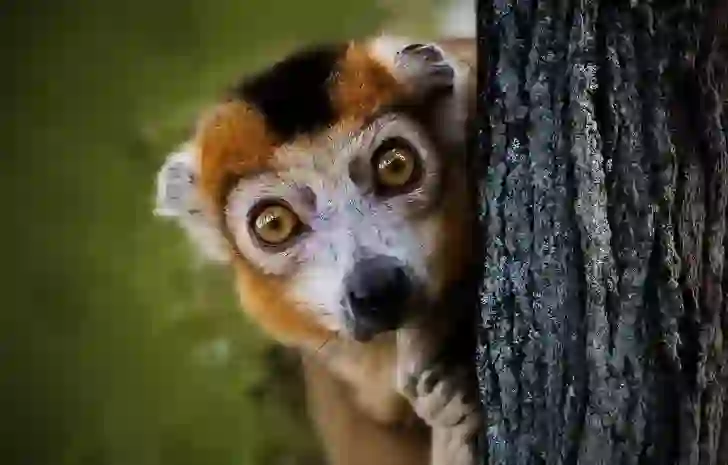
〜Basic Information〜
Mammalia Order Primates Family Lemuridae Total length including tail: 30-120cm Weight: 30g-4kg As mentioned earlier, there are various types of lemurs. Therefore, the size and weight vary by type. Lemurs are generally found only on Madagascar Island. Some species also inhabit the islands around Madagascar and the nearby Comoro Islands. Madagascar has evolved independently, as it is not connected to other continents. This unique evolution applies to animals as well, resulting in the distinctive appearance of lemurs. Lemurs have densely packed fur in various colors, including gray, red, black, and white. Some have long fur around their necks, mottled patterns, or striped patterns. Common characteristics include large bulging eyes and long tails. Their tails are longer than their bodies. From a side view, their protruding noses give them a dog-like appearance. They have upright ears, and both their hands and feet have long fingers, allowing them to grasp objects with either hand. Their claws are also distinctive. Most of their claws are flat, similar to human nails, but the second toe of the hind foot has a grooming claw, which is pointed. Lemurs groom themselves. You may have seen monkeys grooming in zoos; lemurs have pointed claws to make grooming easier.
Lemur Q&A

What is the origin of the name 'Lemur'?
The name 'Lemur' comes from their fox-like appearance with protruding noses and long tails. Although their appearance may seem startling, thinking of them as fox or dog-like makes them appear more endearing. Lemurs are called 'Lemur' in English. The name originates from Latin, where 'Lemur' and 'Lemures' in Roman mythology referred to spirits of the dead. It is said that people in Madagascar have long considered lemurs as spirits, hence the name. Why do lemurs live where they do? Lemurs inhabit dry forests, tropical rainforests, and various environments such as trees, the ground, and rocky areas, depending on the species. Most lemurs are diurnal, being active during the day and sleeping at night, but some are nocturnal. Diurnal lemurs form groups of 15-20 individuals consisting of families or mixed-gender groups. In contrast, nocturnal lemurs live alone, so their lifestyles vary greatly depending on their activity patterns. Some species spend most of their time in trees, sleeping and eating there. They use their hands and feet to firmly grasp trees and move from one tree to another, using their long tails for balance, allowing them to navigate unstable places. If humans had tails, we might not stumble as much. Many lemurs mark their territory. Similar to dogs urinating in specific spots during walks, lemurs use urine, feces, and secretions from sebaceous glands to mark trees. This behavior helps them protect their homes. During cold periods, lemurs bask in the sun to keep warm. Just as humans find warmth in sunny spots during winter, lemurs do the same to survive the cold season.
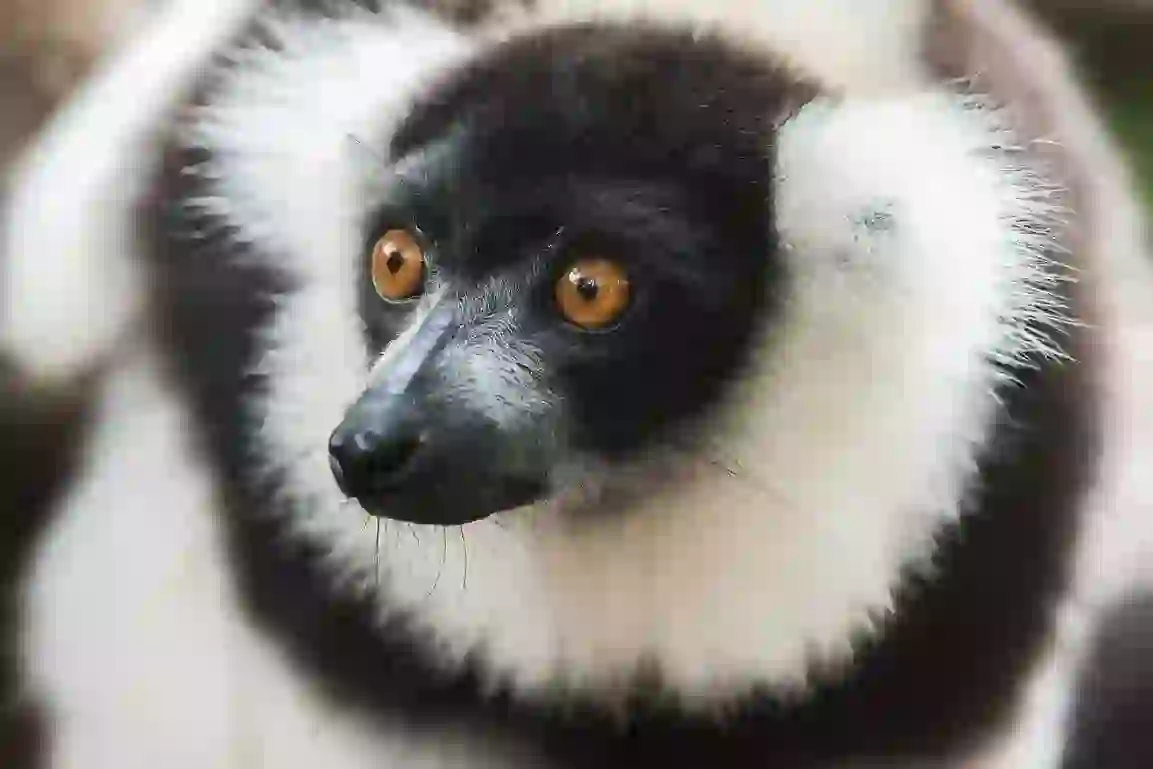
What do lemurs eat?
Lemurs are generally omnivorous, but their favorite foods vary by species. Some prefer fruits, leaves, and buds, while others enjoy insects, centipedes, millipedes, chameleons, and other animals. Some species eat tree sap, soil, and cacti. Eating cacti seems painful due to the spines. Lemurs contribute to forest creation by eating fruits. How does this work? Lemurs live in forests, eat fruits, and defecate in the forest. The seeds in the fruits pass through their digestive systems and are excreted, allowing new plants to grow from these seeds. In this way, lemurs help cultivate the forest, increasing their food sources.

How do lemurs reproduce?
During the breeding season, lemurs rub secretions onto trees to establish male hierarchies and attract females. Lemurs practice polygyny, meaning males have multiple female partners. While this may not be favorable from a human perspective, polygyny may be more efficient for leaving many offspring. The gestation period is 4-5 months. During this time, both males and females eat flowers, and after giving birth, females eat flowers and young leaves for nutrition. They avoid eating insects and animals during this period. Each pregnancy typically results in 1-2 offspring. For the first three weeks, the infants cling to their mother's belly, then move to her back for the next three weeks. As they grow, they start walking on the ground and become interested in what other lemurs eat, gradually weaning off milk and eating adult food, similar to human children. While lemurs usually give birth and raise their young where they live, some build nests. The 'Black-and-white Ruffed Lemur' gives birth in nests, where the young stay while the parents visit only for nursing. Although it may seem lonely, staying hidden in a nest might be safer than living outside like adults. In lemurs, females are dominant, taking food and resting places from males and sometimes intimidating them. This may be because females bear the burden of raising offspring, with males helping by providing food and finding places. Alternatively, males may simply be submissive to females.
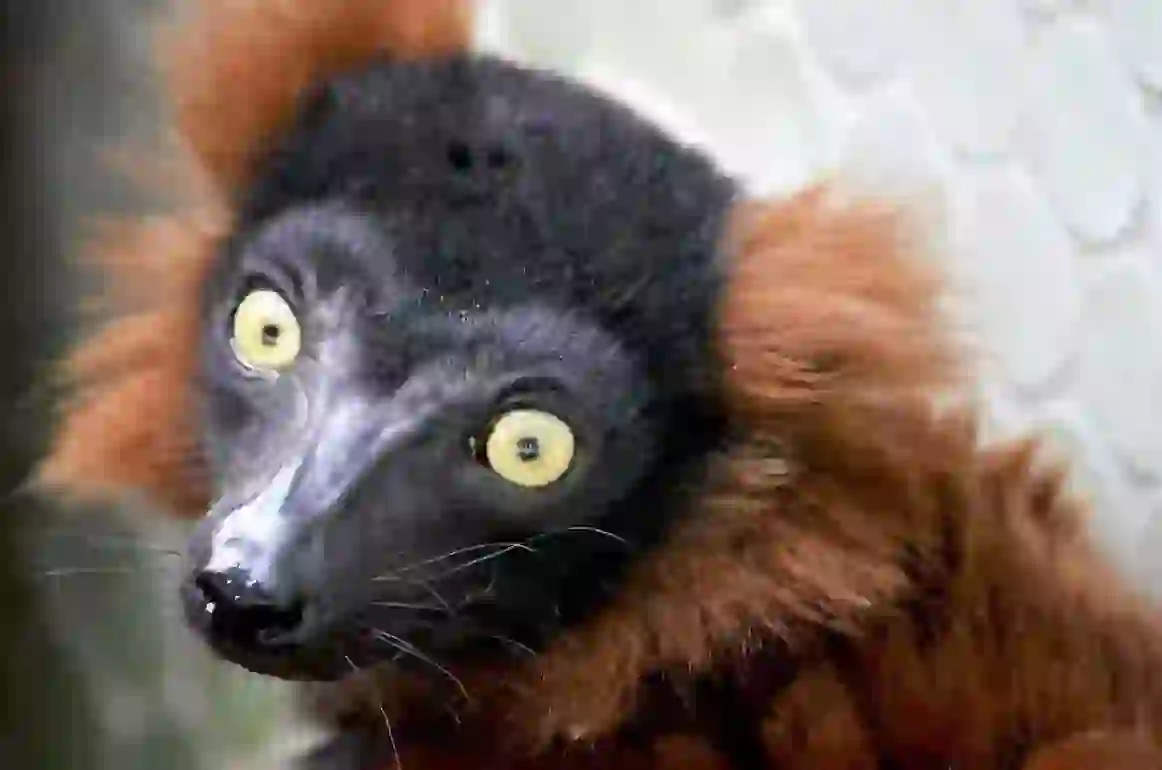
Do lemurs often scream?
Lemurs can be loud, which may be annoying to humans, but they have reasons for their noise. Lemurs call loudly to assert their territory and warn intruders. When one lemur calls in alarm, others join in, creating a noisy forest. Another reason is communication. Lemurs can smell or see other lemurs and have an idea of each other's locations. They may be sharing recent events with their neighbors.

Are lemurs endangered?
Lemurs are considered among the world's most endangered vertebrate groups, with most species classified as endangered. Including other related families, about 96% of lemurs are endangered. Among them, the 'Gray Lemur' is listed among the world's 25 most endangered primates. It is sad that while there are many species, their numbers are dwindling. What are the causes? Most lemurs live only in Madagascar, where deforestation, mining, and other human activities, as well as natural disasters like cyclones and extended dry seasons, disrupt the forests. This imbalance affects the availability of food and the ability to raise young, leading to a decline in lemur populations. Political instability, such as the 2009 coup in Madagascar, also affects lemurs. Economic instability leads to illegal activities like poaching, further endangering lemurs. The COVID-19 pandemic has worsened the situation. Urban lockdowns forced people to move to forested areas, cutting down trees for farmland and charcoal, reducing lemur habitats and food sources. To raise awareness, the last Friday of October is designated as World Lemur Day. Lemurs are confined to Madagascar, so any disruption to their habitat drastically reduces their numbers. While it may seem like a distant issue, improving the environment in one country can positively impact others. We should strive to do what we can.

Would you like to become a part of the 'Animalbook.jp'?
Turn your knowledge into Q&A and share it with the world. ※Publication will be activated after purchase. Let's share information together!
Lemur Type of List
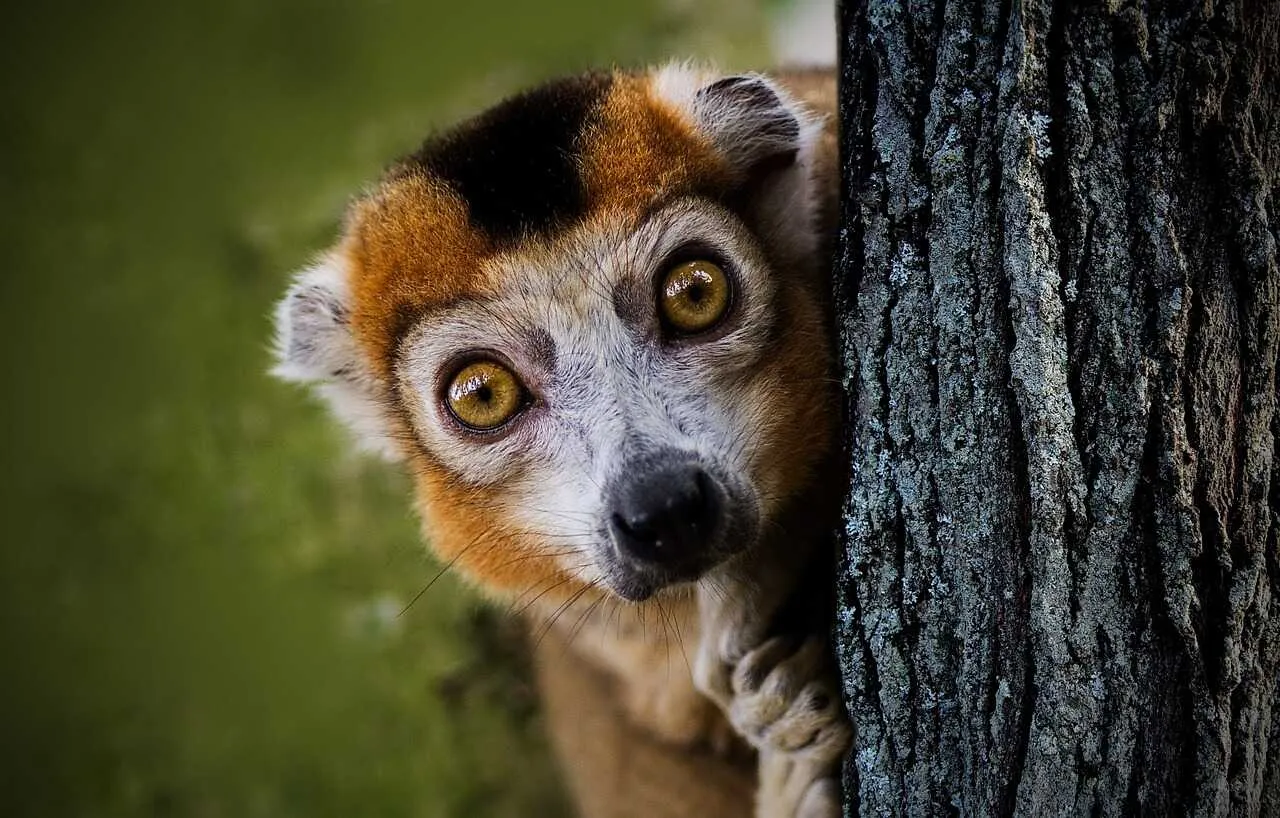
We introduce various types of lemurs and their Red List extinction threat levels. First, let's explain the levels: ・Extinct: Species considered extinct in our country ・Extinct in the Wild: Species surviving only in captivity or as naturalized populations outside their historic range ・Critically Endangered: Species facing an extremely high risk of extinction in the wild ・Critically Endangered IA: Species at an extremely high risk of extinction in the wild in the near future ・Critically Endangered IB: Species at a high risk of extinction in the wild in the near future ・Endangered: Species facing a high risk of extinction in the wild ・Near Threatened: Species close to qualifying for or likely to qualify for a threatened category in the near future ・Data Deficient: Species with insufficient information to assess their risk of extinction ・Regionally Extinct: Species with isolated populations at high risk of extinction With this in mind, we introduce the types and their levels. [Genus Eulemur] ・White-collared Lemur: Critically Endangered IB ・Gray Lemur: Critically Endangered IA ・Red-fronted Lemur: Critically Endangered IB ・Crowned Lemur: Critically Endangered IB ・Brown Lemur: Endangered ・Black Lemur: Critically Endangered IB ・Mongoose Lemur: Critically Endangered IA ・Red-bellied Lemur: Endangered ・Red-breasted Lemur: Endangered ・Sanford's Lemur: Critically Endangered IB [Genus Hapalemur] ・Alaotra Gentle Lemur: Critically Endangered IA ・Golden Bamboo Lemur: Critically Endangered IA ・Eastern Lesser Bamboo Lemur: Endangered ・Southern Bamboo Lemur: Endangered ・Ranomafana Bamboo Lemur: Endangered [Genus Lemur] ・Ring-tailed Lemur: Critically Endangered IB [Genus Prolemur] ・Greater Bamboo Lemur: Critically Endangered IA [Genus Varecia] ・Red-ruffed Lemur: Critically Endangered IA ・Black-and-white Ruffed Lemur: Critically Endangered IA
Information
Congratulations! You are the first commenter!

Create Your Favorite List!
Lemur
Save the animals you love! Build your own list to quickly revisit your favorites later.

Would you like to leave a comment?
※Please note: This is for the purchase of rights to post comments within the article.
Find Your Favorites!
Our shop offers a unique and attractive selection of goods themed around various animals.
Lemur References
Lemur Introduction of media used
出典:https://www.pexels.com/ja-jp/video/3765245/

出典:https://pixabay.com/ja/photos/キツネザル-奇妙な-3295891/

出典:https://pixabay.com/ja/photos/キツネザル-エリマキキツネザル-6280377/

出典:https://www.pexels.com/ja-jp/photo/10777179/

出典:https://pixabay.com/ja/photos/赤いマキ-キツネザル-霊長類-1341185/

出典:https://pixabay.com/ja/photos/ワオキツネザル-動物園-3350199/

出典:https://pixabay.com/ja/photos/類人猿-キツネザル-可愛い-2223271/
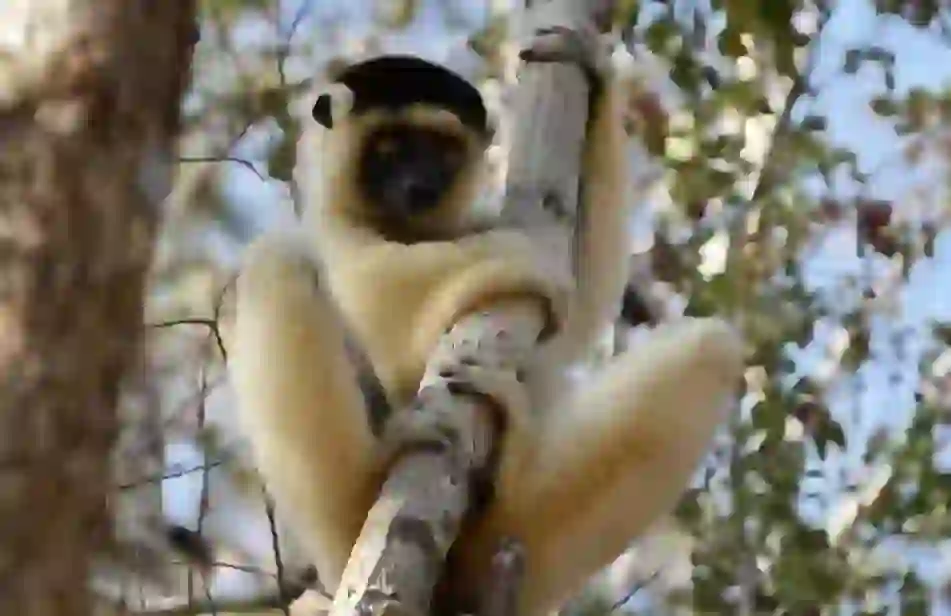
出典:https://pixabay.com/ja/photos/シファカ-動物-木-キツネザル-6027010/

出典:https://pixabay.com/ja/photos/キツネザル-動物-マダガスカル-1275734/

出典:https://www.pexels.com/ja-jp/photo/5969265/
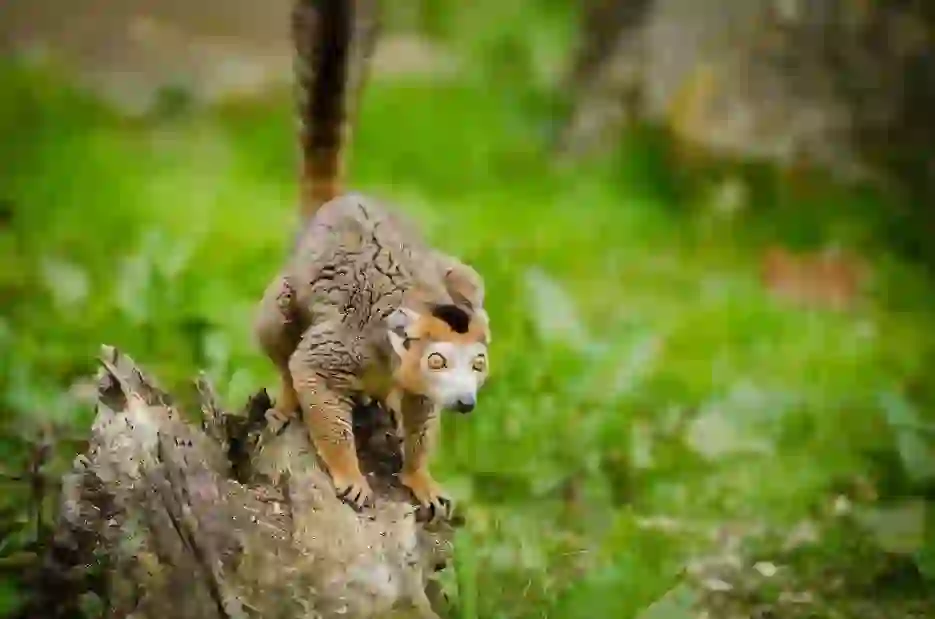
出典:https://www.pexels.com/ja-jp/photo/145940/

Help Enrich Our Animalbook.jp with Your Media!
We are constantly looking to expand and enrich our Animalbook.jp with amazing photos and videos of animals. If you have any media that you'd like to share, please contribute and help us showcase the beauty and diversity of the animal kingdom. Your submissions will be credited and featured in our encyclopedia, reaching a wide audience of animal lovers.


















